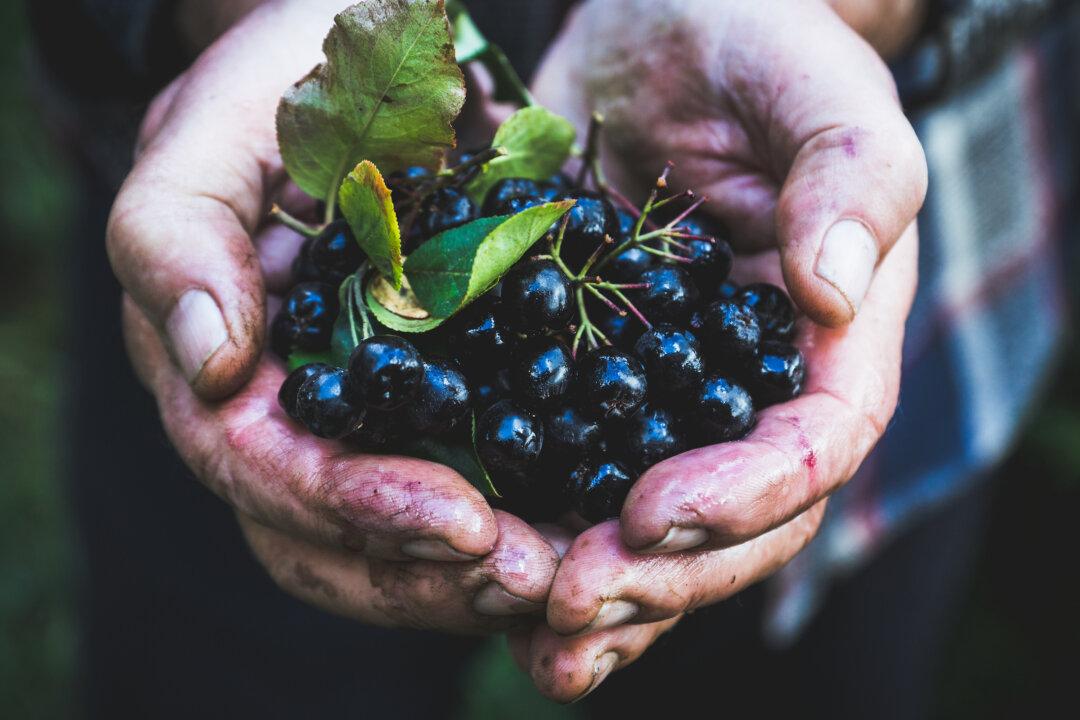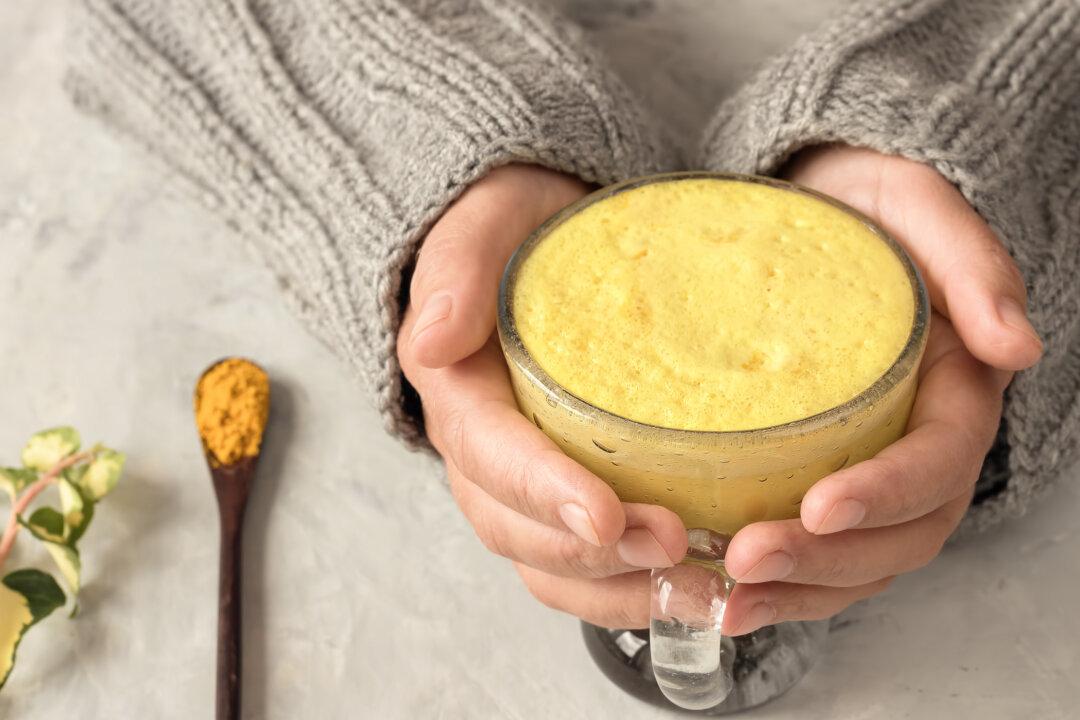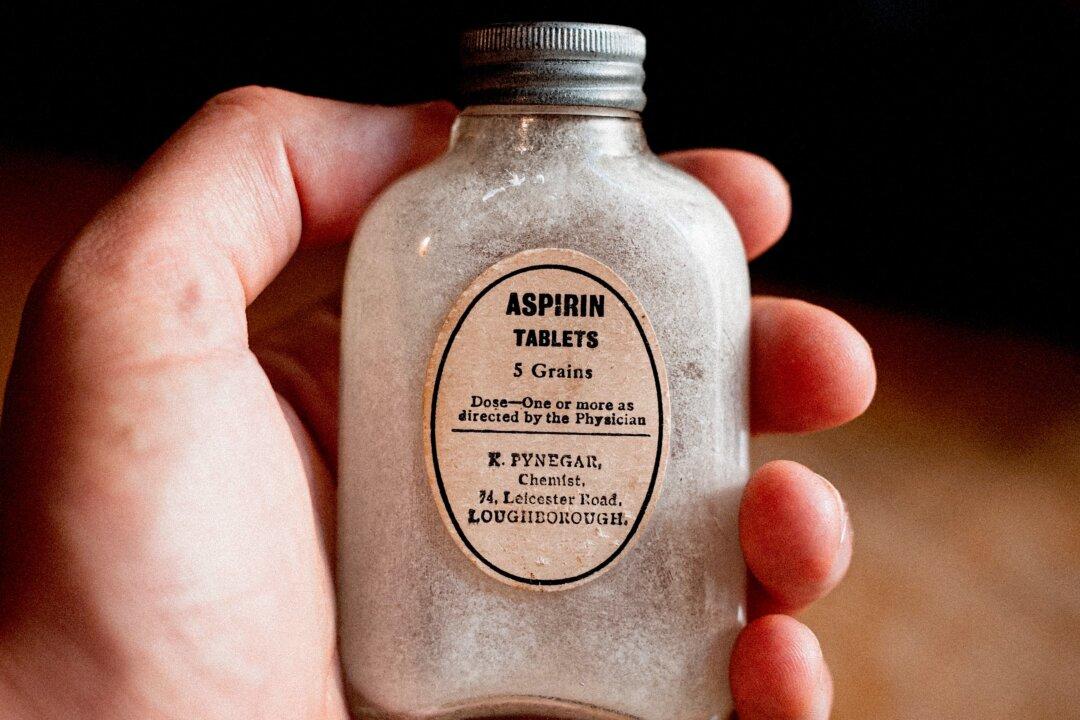And the first tip is to step outside your door.
Vitamin D: The Sunshine Hormone That Fights Cancer
Vitamin D, more commonly recognized as the hero for maintaining bone health, is also a ferocious enemy of cancer.

Where you live can have a big impact on the levels of sunlight you should be getting. Luigi Estuye/Unsplash
|Updated:
James Templeton founded Uni Key Health Systems in 1992 and now the Templeton Wellness Foundation as a way of giving back and helping others achieve the health and wellness they are seeking.
Author’s Selected Articles





